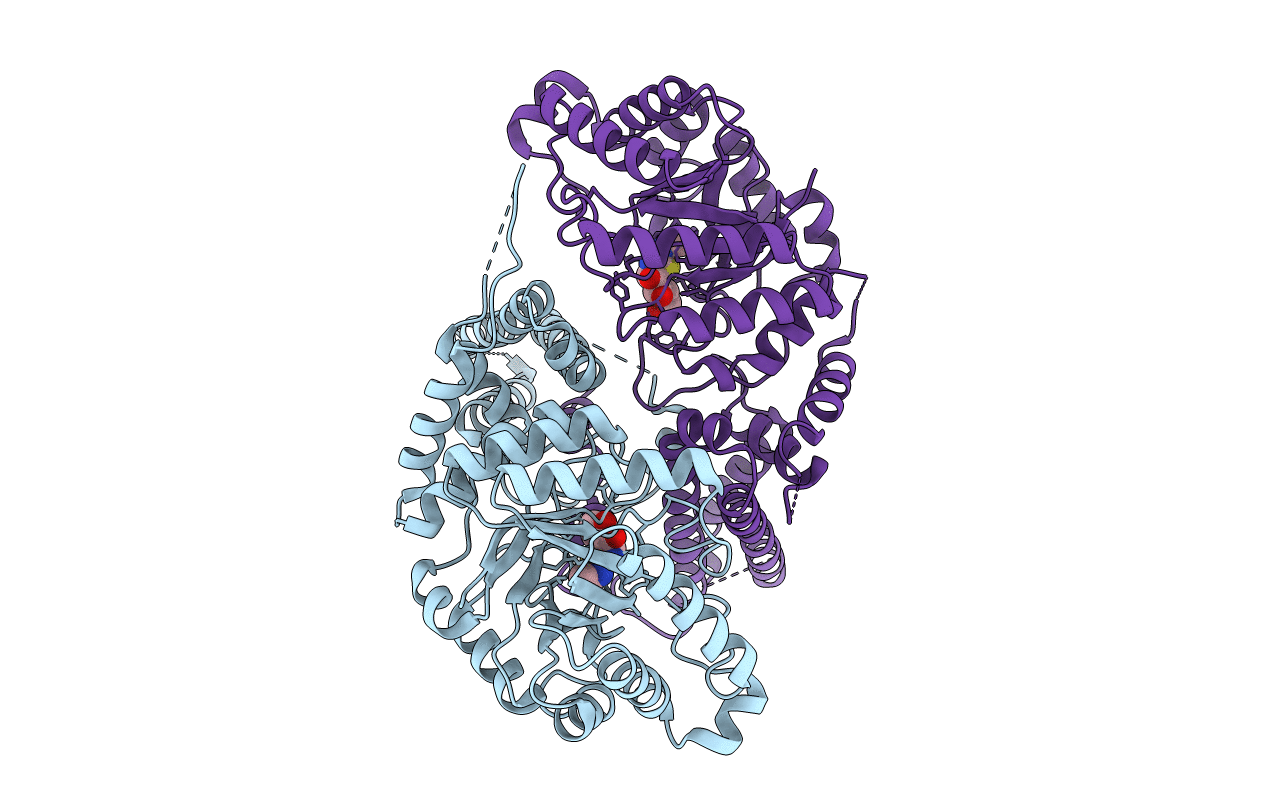
Deposition Date
2017-01-30
Release Date
2017-03-15
Last Version Date
2023-10-04
Entry Detail
PDB ID:
5UN9
Keywords:
Title:
The crystal structure of human O-GlcNAcase in complex with Thiamet-G
Biological Source:
Source Organism:
Homo sapiens (Taxon ID: 9606)
Host Organism:
Method Details:
Experimental Method:
Resolution:
2.50 Å
R-Value Free:
0.26
R-Value Work:
0.21
R-Value Observed:
0.21
Space Group:
P 1 21 1


